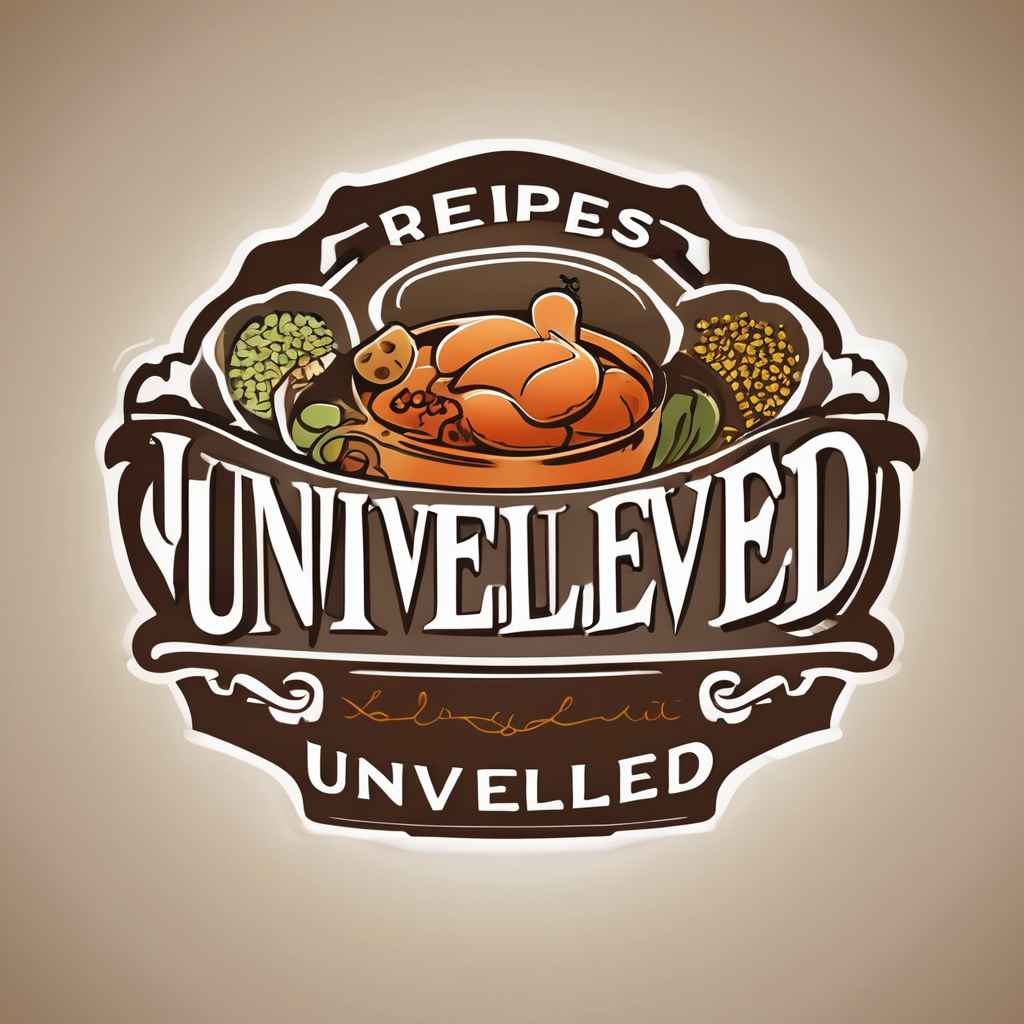The kitchen pantry is a sanctuary for your food. It is the place where you store items designated for your dietary needs, and it plays a fundamental role in maintaining a healthy lifestyle. When you decide to switch to a low-carb or ketogenic diet, the organization of your pantry becomes crucial. This article will guide you on how to transform your pantry to support your new diet, by prioritizing low-carb foods, sustainable storage solutions, and healthy cooking methods.
Analyzing The Pantry Space
Before diving into the specifics of what items to include in your pantry, it’s vital first to understand the space available. You have to make sure it can accommodate your low-carb foods and kitchen utensils. So, the first step is to analyze your pantry space.
Also to see : What type of kitchen lighting is best for encouraging a calm and dietary-focused cooking environment?
Assess the current state of your pantry and identify the areas where you can create additional storage space. Check your shelves, and see if you can add or adjust them to suit your new dietary needs. You can use pantry organizers, such as stackable baskets and containers, to optimize your storage. These organizers can help you categorize your food items for easy access, thereby saving you time when preparing your low-carb meals.
Ensuring appropriate storage space is also vital in maintaining the freshness of your foods. Your pantry should have separate spaces for different food items, such as spices, oils, and canned foods, to avoid cross-contamination.
This might interest you : What are the benefits of having a soup maker in your slimming kitchen?
Stocking Up On Low-Carb Essentials
When going keto, you will need to fill your pantry with low-carb essentials. These foods are fundamental to your diet, as they will constitute a large part of your daily meals. Some of the essential low-carb foods are:
-
Coconut oil: This versatile item is a must-have. Coconut oil is perfect for cooking, baking, and even as a salad dressing. It’s high in fats, making it ideal for a ketogenic diet.
-
Sugar-Free Items: One of the main objectives of a low-carb diet is to limit sugar intake. So, opt for sugar-free items such as sweeteners like stevia or erythritol.
-
Low-Carb Snacks: Snacks can be a trap when you’re on a diet, but not when you choose the right ones. Look for low-carb snacks like nuts and seeds, jerky, and dark chocolate.
Remember to check the labels when shopping. Some products may seem low-carb, but contain hidden sugars or unhealthy fats. Stay informed and make sure you’re buying genuine low-carb food.
Healthy Cooking in a Low-Carb Kitchen
Once you’ve stocked up on low-carb items, you’ll need to ensure that your cooking methods align with your new diet. Healthy cooking is a central part of maintaining a ketogenic diet. So, here’s how you can optimize your kitchen for healthy cooking.
Firstly, invest in non-stick cookware. These will reduce the amount of oil needed for cooking, making your meals healthier. Additionally, consider getting a spiralizer to make low-carb alternatives to pasta, like zucchini noodles.
Also, make sure to have a good collection of keto-friendly recipes on hand. Having a variety of recipes will prevent your diet from becoming monotonous and help you stick to your low-carb lifestyle.
Organizing Your Pantry for Easy Access
With your pantry now stocked with low-carb essentials and your kitchen set up for healthy cooking, the final step is to organize these items for easy access. Proper organization is key to maintaining your low-carb diet.
Use transparent containers to store your food items so you can easily see what’s inside. Label these containers for quick identification. Having an organized pantry will help you stay on track with your diet, as it makes meal preparation easier and less time-consuming.
Regularly Maintaining Your Low-Carb Pantry
Lastly, it’s important to maintain the state of your pantry regularly. This involves regularly checking your food items for expiry dates and replenishing them as necessary. Also, try to keep your pantry clean and free from clutter.
Take note of the items you use regularly and keep them within easy reach. Similarly, if there are items you hardly use, consider moving them to the back of the pantry or removing them entirely to make space for more useful items.
In summary, organizing your pantry to support a low-carb diet involves thoughtful planning and regular maintenance. It also involves being conscious of what you’re putting into your body and ensuring that your food storage and cooking methods are in line with your dietary goals.
Integrating Wholesome Yum into Your Low-Carb Diet
Ensuring your pantry is loaded with wholesome yum is crucial in maintaining your low-carb or ketogenic diet. These food items are integral for a healthy lifestyle, contributing significantly to your daily meals. One of the main focuses of a low-carb diet is to incorporate whole foods, packed with nutrients and naturally low in carbs. These include:
-
Lean Proteins: Foods like poultry, fish, and tofu are rich in protein and low in carbs. They make up an essential part of a low-carb diet, providing you with the fuel you need to stay active throughout the day.
-
Low-Carb Fruits and Vegetables: Not all fruits and vegetables are high in carbs. Opt for choices like broccoli, spinach, and avocados, and berries, for they are nutrient-dense and low in carbs.
-
Nuts and Seeds: Almonds, flaxseeds, and chia seeds are just a few examples of nuts and seeds that are low in carbs yet high in healthy fats and fiber.
-
Healthy Fats: Foods rich in healthy fats, like olive oil and avocados, are a vital part of a low-carb or ketogenic diet.
-
Coconut Flour: This low-carb alternative to regular flour is a must-have in a ketogenic pantry. It can be used in a multitude of keto-friendly recipes.
Remember, when shopping for these items, always check the nutritional label to ensure it aligns with your dietary goals.
Keeping the Fridge in Line with the Pantry
Your kitchen pantry isn’t the only place that requires organization for a low-carb diet. Your refrigerator should also be filled with fresh, low-carb items that align with your dietary needs.
Keep your fridge stocked with fresh produce, dairy, and lean proteins. These perishables are the building blocks of many low-carb meals. Also, consider other items such as unsweetened almond milk, eggs, and cheese, which are low in carbs and can be used in a variety of dishes.
Proper organization is also crucial in the fridge. Keep your items visible and within easy reach to make meal preparation a breeze. Having a well-organized fridge and pantry will save you time and ensure you stay on track with your low-carb or ketogenic diet.
Conclusion
Adopting a low-carb or ketogenic diet requires adjusting not just your food intake, but also how you organize your kitchen. By setting up your pantry to foster a low-carb lifestyle, you’re halfway there. Remember to stock up on low-carb essentials, make room for wholesome yum, and maintain your pantry regularly.
Moreover, it’s not just about your pantry, but also your fridge. Ensure that your refrigerator is filled with fresh, low-carb items that align with your diet.
With these simple changes, your low-carb or keto kitchen will not only be well-organized but also conducive to healthy eating. Now, with your pantry and fridge stocked and organized, you are ready to embark on your low-carb or ketogenic journey. Here’s to a healthier you!






